Foundation Cracks: What They Mean and How to Fix Them
If you notice a hairline line spreading across your basement wall or a wider split in a concrete slab, you’re probably looking at a foundation crack. It’s a sign that the earth beneath your house is shifting, settling, or reacting to moisture. Ignoring it can lead to warped floors, leaky basements, and costly repairs. Below we’ll break down the most common crack types, what they usually indicate, and when you should call in a pro versus try a DIY fix.
Common Types of Foundation Cracks
Horizontal cracks run sideways across a wall and often point to pressure from soil that’s expanding when it gets wet. They’re the hardest to fix because the force keeps pushing back.
Vertical cracks go up and down. Small hairline vertical cracks are usually just normal settling, but wider gaps (over ½ inch) can signal structural movement.
Diagonal or stair-step cracks appear in a stepped pattern, especially in brick walls. They typically show up when the foundation shifts unevenly, often from poor drainage or shifting soil.
Each crack type tells a different story, and knowing which one you have helps you decide the right repair method.
How Much Does Repair Really Cost?
Repair prices vary a lot. A simple epoxy fill for a small vertical crack can be under £200, while a full underpinning job for a serious horizontal crack can push past £10,000. On our site you’ll find detailed breakdowns like the Horizontal Foundation Crack Repair Cost article that explains price ranges and hidden fees. Remember, the cheapest quote isn’t always the best—cut‑corners repairs can lead to future damage.
If you’re on a tight budget, start with these steps:
- Check drainage: make sure downspouts direct water away from the foundation.
- Seal small cracks with a waterproof epoxy kit (available at most hardware stores).
- Monitor the crack over a few weeks. If it widens, it’s time to call a professional.
For bigger issues, like a horizontal crack or a series of stair‑step cracks, hire a foundation specialist. They’ll inspect soil pressure, recommend pier installation, or suggest wall anchors. Our Most Expensive Foundation Repair post shows why early action can save you thousands.
Insurance rarely covers foundation work unless it’s caused by a sudden event, like a burst pipe. The Homeowners Insurance and Broken Pipes Under Foundation article explains what you can and can’t claim.
When you decide to go professional, ask for a written estimate that outlines:
- Scope of work (e.g., epoxy injection, carbon fiber reinforcement, piering).
- Materials and labor costs.
- Warranty details.
Having this info helps you compare quotes and avoid surprise charges.
In summary, a foundation crack is a warning sign, not a cosmetic issue. Small vertical cracks can be patched DIY‑style, but horizontal and stair‑step cracks usually need a pro. Keep an eye on moisture, maintain good drainage, and act fast to keep repair costs low. For more deep‑dive reads, check out our related posts on horizontal crack repair prices, insurance coverage, and DIY sealing tips.
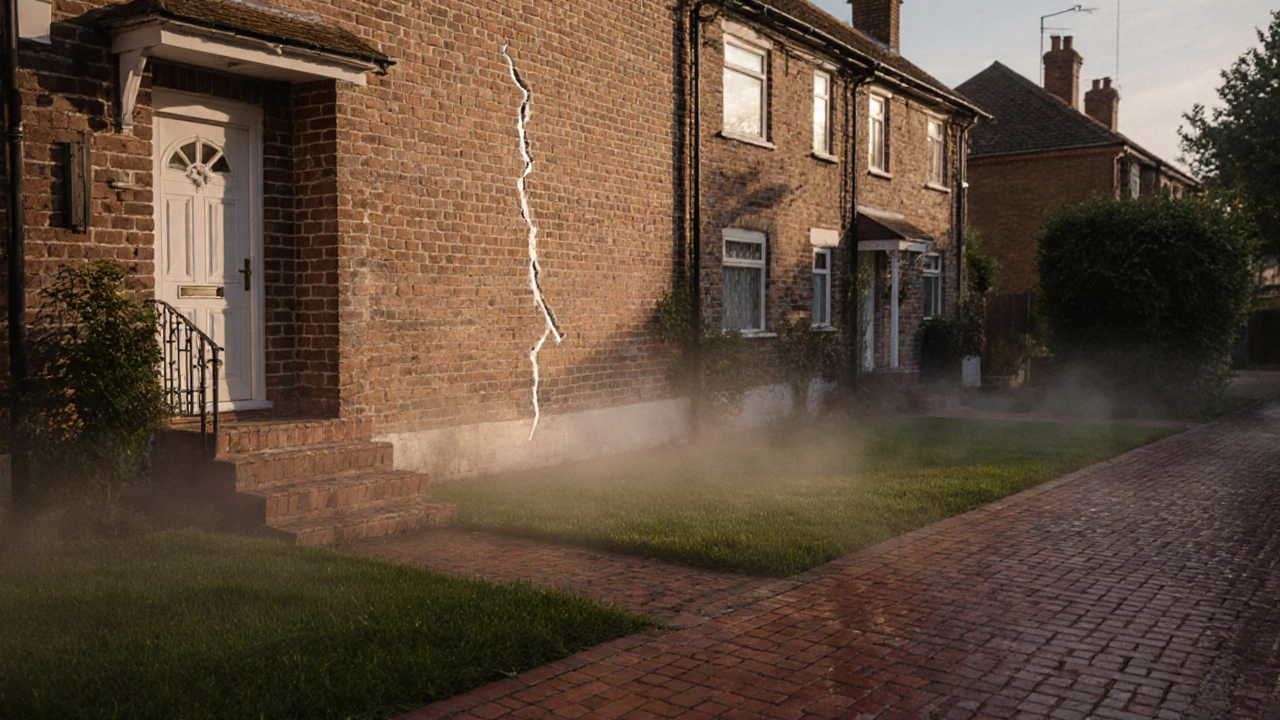
Spotting Foundation Issues: How to Tell If Your Home Has Structural Problems
Sep 29, 2025, Posted by Damon Blackwood
Learn how to spot foundation issues early with clear signs, DIY tests, common causes, repair options, and prevention tips for homeowners.
MORE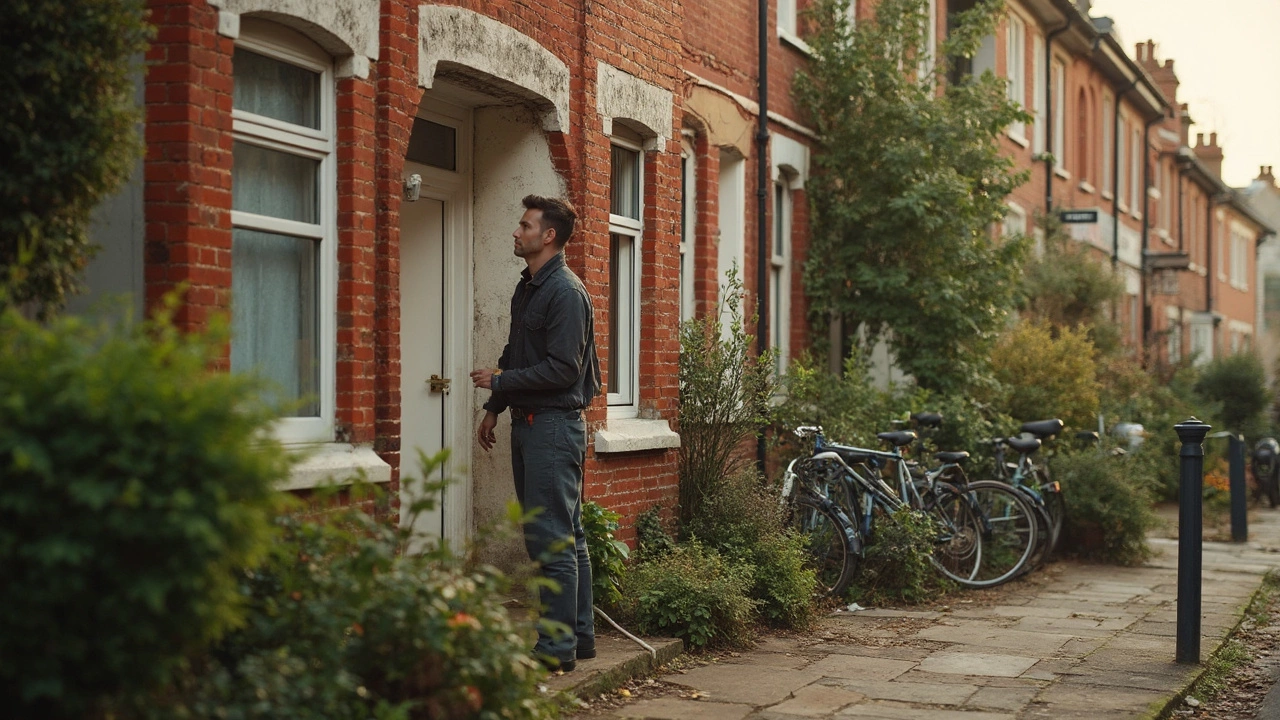
Are Cracks in a 100 Year Old House Normal? Expert Guide to Old Home Cracks
Jun 26, 2025, Posted by Damon Blackwood
Wondering if cracks in your 100 year old house are normal? Learn what's common, what's a red flag, and discover practical tips to maintain your vintage home.
MORE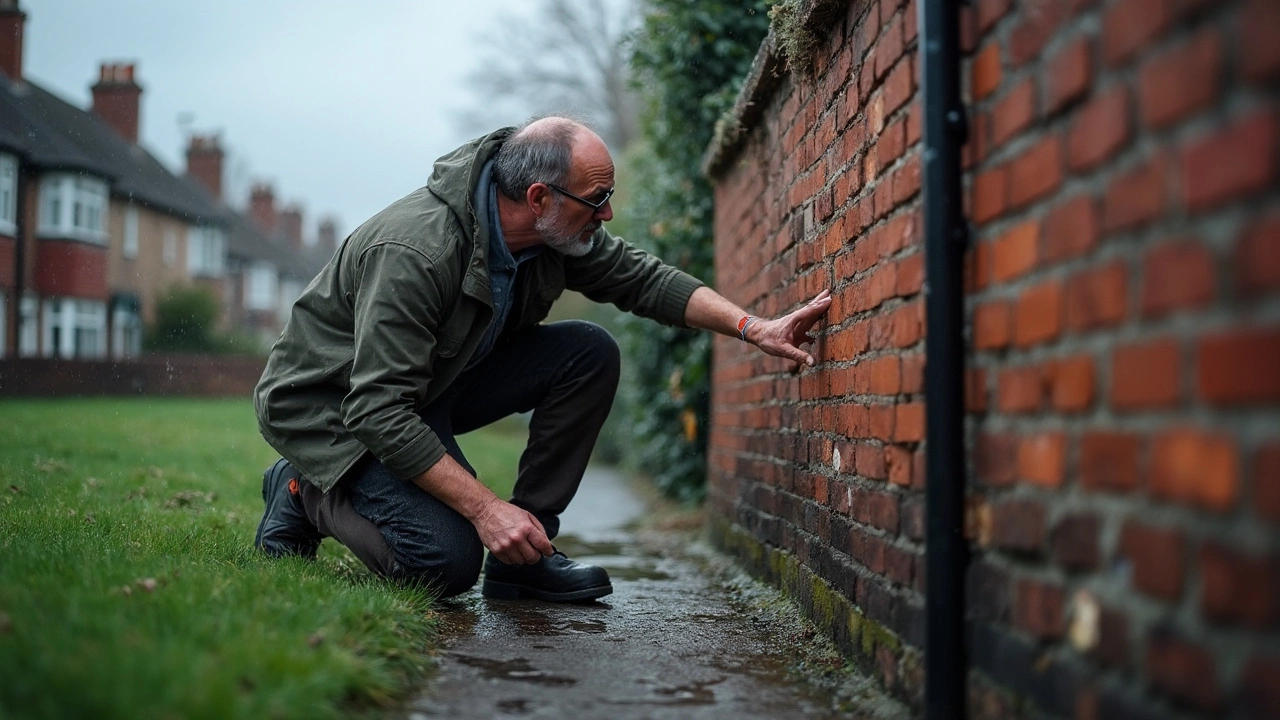
Water Damage to Foundation: What It Looks Like and How to Spot It
May 29, 2025, Posted by Damon Blackwood
Worried about water messing with your home's foundation? This article breaks down what water damage to a foundation actually looks like. You'll learn about the most obvious signs, the sneaky warning clues, and some useful ways to check things out yourself before calling in the pros. Plus, there are tips on how to prevent problems and what to do if you spot damage. Get the info you need to keep your home's base solid and dry.
MORE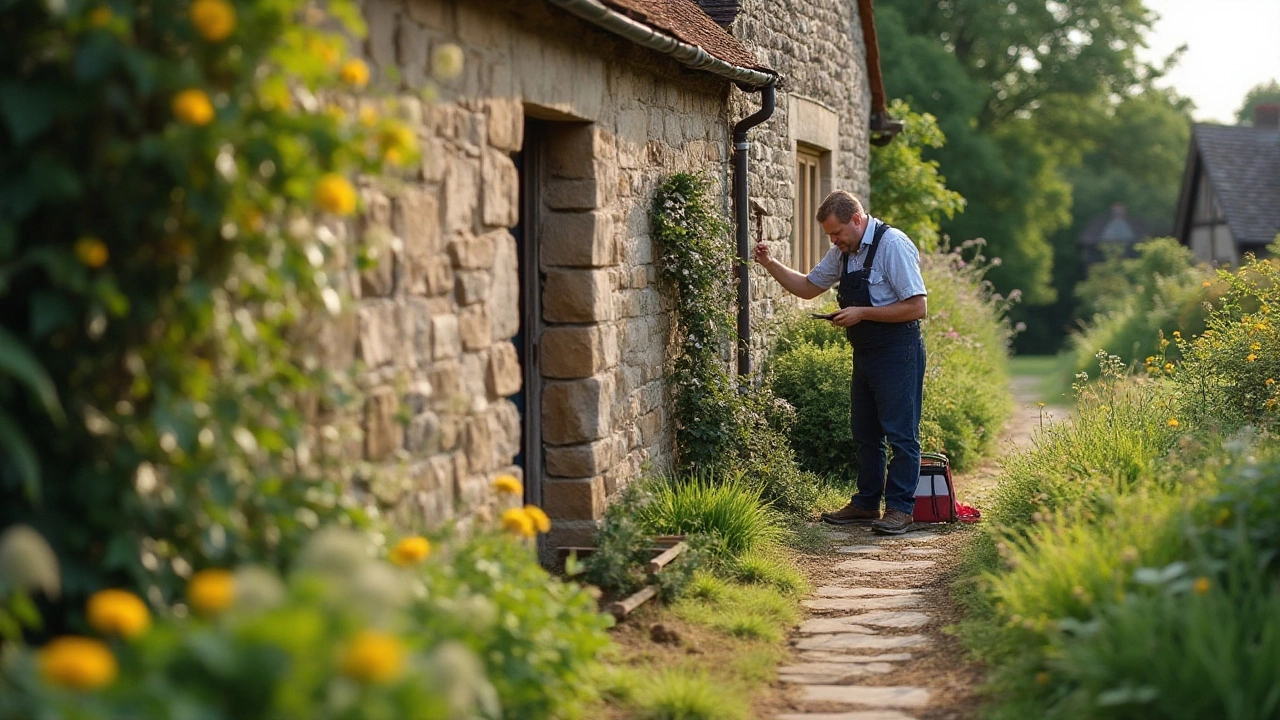
Best Methods to Repair Foundation Cracks: Inside or Outside?
Jan 29, 2025, Posted by Damon Blackwood
Foundation cracks can pose significant risks to your home's stability. Deciding between repairing these cracks from the inside or outside is crucial for effective and long-lasting protection. This article delves into both methods, examining their pros and cons, and provides insights on the best approach depending on various factors like crack size and location. Learn tips on how to identify foundation issues early and maintain your home's foundational integrity.
MORE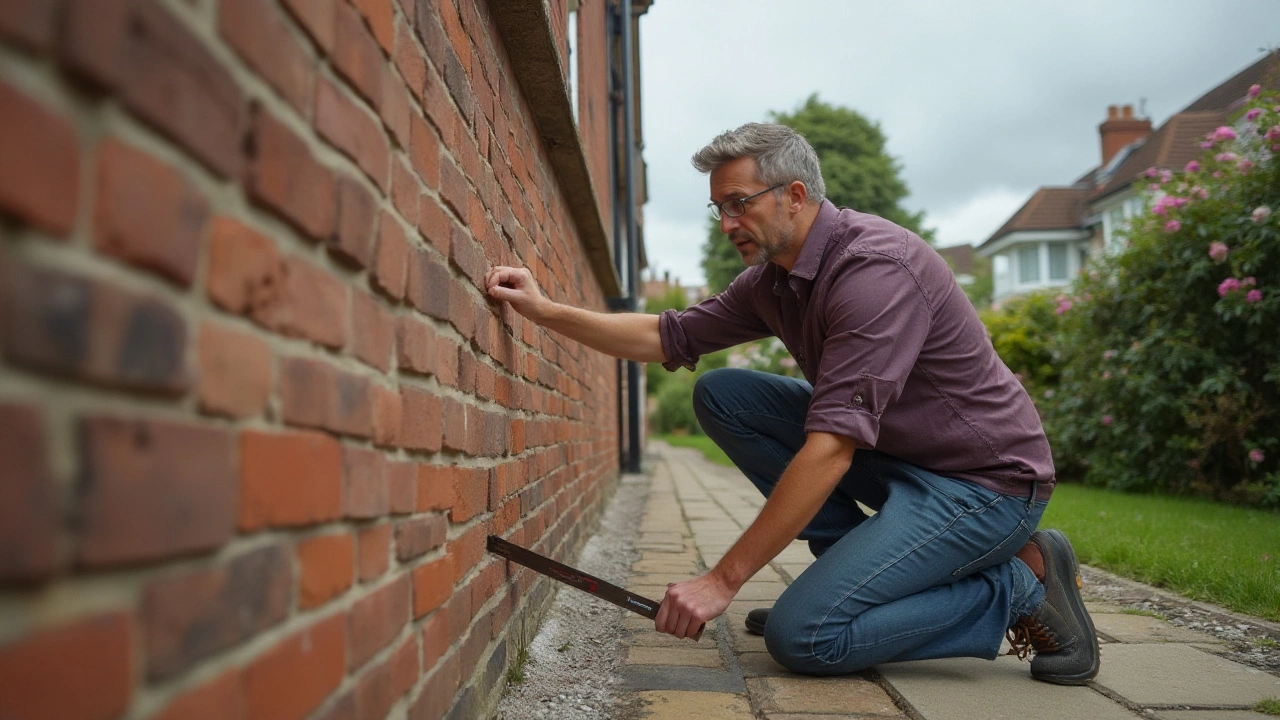
Understanding the Impact of Horizontal Foundation Cracks on Your Home
Jan 17, 2025, Posted by Damon Blackwood
Horizontal foundation cracks can be a serious issue for homeowners, as they may indicate structural problems that require immediate attention. The severity of these cracks can range from minor to significant, depending on various factors such as size, location, and the underlying cause. This article delves into the potential impact of horizontal foundation cracks, how to identify them, and tips on what actions to take. Early detection and proper repair can prevent further damage and protect your home's foundation.
MORESEARCH HERE
Categories
TAGS
- foundation repair
- construction
- commercial construction
- new builds
- home improvement
- home renovation
- bathroom renovation
- construction materials
- home foundation
- renovation tips
- residential construction
- building types
- contractor
- foundation cracks
- home construction
- architectural services
- construction differences
- home inspection
- kitchen installation
- real estate